I want to regale you with an interaction I had recently with a friend of my mum's, who for the purpose of this anecdote, we will call, Barbara.
Mother, Daughter, Renter, Coastie, NIMBY.
Barbara is a medical receptionist in her early 60s. She rents a unit in an old 70s yellow brick six-pack on the Sunshine Coast, where she's lived most of life. She owns no property and is the mother of two enormous cats (they are Maine Coons). On top of working, Barbara also looks after her elderly mother.
In recent years, the Sunshine Coast has experienced a huge surge in property price growth that placed it amongst Australia’s least affordable regions. Barbara's rent has increased to the point where she can no longer afford the unit she's lived in for decades. On the hunt for a new rental, Barbara isn't having much luck on her applications - which she believes to be down to the extra baggage of her cats. Why choose her when there are literally dozens of other applicants that have better financial security and no pets?
So Barb is really on the front line of the housing crisis. Vulnerable renters like her are the first ones being fed into the meat grinder as the crisis deepens.
We were talking about her situation and I mentioned offhandedly about how in the longer term, more densification would take some of the heat off of the housing market and make the region more affordable for renters like her.
A true local - her expression darkened, as she launched into a tirade about how there are already too many high rises on the Coast. Barb then revealed that she is a part of a community group that is against new high rises and the mass transit project.
I cracked my knuckles, rolled up my sleeves and gave her my best urban planner spiel:
That cutting off any new development would only drive up prices exponentially further and make it so that only the ultra-wealthy could afford to live on the Coast.
That a major fundamental driver behind her eviction was the lack of housing supply in her area.
That population growth is inevitable, and that building enough housing to meet demand is the only way normal people like her will be able to continue living on the Coast as they do now.
That the community’s choice is not between Change and No Change. Change has already arrived. The choice is between Good Change and Bad Change.
This was me having a friendly, informal conversation with a person I've known my whole life, about a topic I know a lot about, about an issue of which she is a direct victim, who personally stands to benefit from boosting housing supply - and let me tell you friends, Barb was not having it!
In true Coastie fashion, Barbara would rather have the Sunny Coast declare independence and nuke the Bruce Highway a thousand times over before she'd sign off on more apartments. Make Mooloolaba Great Again! Build That Wall! (I’m obviously embellishing here for your entertainment - it was very civil).
My own mother even nodded along enthusiastically - Judas!
Now ask yourself the question - what chance does a politician have in engaging with NIMBYs and special interest groups who are financially-incentivised to maintain the status quo, and were never open to persuasion to begin with? Especially when they can always fall back on the true fact that they are merely representing the interests of their constituents. Incentives trump ethics, every single time.
The solutions to these problems are never entertained publicly, because they are correctly understood by politicians to be political suicide. The jury has been back on this for a long time. The People do not want what the Urban Visionaries are selling. Gentlemen, this is Democracy, Manifest!
For the housing crisis, this is the elephant in the room
Everyone wants housing to be more affordable, but there is zero public support for the solutions. So what then will happen?
I’m going to coin and test a theory I am calling:
Flanigan’s Iron Law of Housing Policy
Only that which maintains the status quo shall be delivered.
To say more, Australia is demonstrably the best place in the world. So understandably, Australians want everything to stay exactly the way it is, just with cheaper housing… and with no impact to the value of their home… Or any change to their neighbourhoods. Ok politicians, go make that happen.
Let’s go down the list of the housing policies (discussed in parts 1, 2 and 3 of my preceding series on housing affordability) and grade them based on my general sense of what the average punter thinks of them.
Which of these policies, if any, pass The Pub Test?
In the above incredibly-scientific experiment, using myself to test my own theory *printing noises* - wow - look at that! I’m right again.
More suburban sprawl is as always, the path of least resistance.
Always was. Always will be.
So, where to from here?
In recent months, Governments have been making a lot of noise about responding to the crisis.
They are very busy indeed, hurriedly carrying papers, making PowerPoints, pointing at charts, having summits, wagging their fingers at empty houses, nodding thoughtfully while commissioning studies, strategies and reports - Government is on the case! All to get to the bottom of an issue has been well-understood for decades.
Confirming Flanigan’s Iron Law of Housing Policy - So far I have found the outcomes of these discussions to be predictably flaccid, floating more of the same, with a bit more money behind the odd social housing fund. Better than nothing, but not by much. Certainly nothing approaching the ambition required to make a dent in the problem (see previous articles here, here and here).
Western Sydney, everywhere, all at once
Without a process or mechanism for reconciling within ourselves this toxic relationship with property, meaningful change is not coming from above.
The logical conclusion of this paradigm is taking us in one direction. We are headed for low density suburban mega-regions.
With this self-perpetuating doom loop of artificial land scarcity, the cost of infill renewal will be driven higher and higher, while the path of least resistance guides new low-cost housing to the outer fringes. Issues of income, race and housing affordability overlap considerably with one another, balkanising outer suburbs on racial and economic lines and burdening the poorest among us with longest, most-expensive commutes.
Higher cost of housing vs wages and less disposable income. Longer commutes and endless traffic. Massive infrastructure burden costs. Homogenised wealthy inner city enclaves with overcrowded, racially and economically-segregated outer suburbs. All under the malaise of worsening inequality and environmental destruction. Sad!
South-East Queensblob, 2080
In a South East Queensland version of this scenario, the area between Noosa in the north, out past Ipswich to Toowoomba and down to Tweed Heads becomes an endless blob of low density master planned communities like we see on the fringes of Western Sydney, where the exurbs have been forced to take the brunt of the region’s population growth.
People will describe themselves as living in Upper Blob, or Inner-West Blob. You can drive for hours in any direction on 47-lane highways without finding a single decent restaurant. Every suburb is assigned two McDonalds, two KFCs, a Hungry Jacks, a Red Rooster and whatever quantum of sub-par Indian, Thai or Chinese takeaway can be sustained by the population. Many will try to open a half decent pizza joint - but all will fail. Boredom becomes the most common cause of death. Traffic jams last for months. It is so hot. The creatures who dwell in the Outer-Western Blob live their whole lives without ever seeing the ocean. But hey, on the other hand, everyone gets a really tiny back yard.
I’m clearly being silly and maybe suburban mega-regions are not actually that bad. After all the Greater Los Angeles area is a suburban mega-region and for all intents and purposes, it’s still a city (for now). But housing is still unaffordable there for similar reasons and the issues associated with urban sprawl are pretty well-documented at this point.
There are hopeful examples
Now I’m not usually one to offer hope at the end of an article - I’m not good at it and I don’t like it. It doesn’t suit me.
However, Portland and Sacramento in the U.S. have recently awoken YIMBY Consciousness and legalised missing middle housing in single family zoning areas. They proved that it’s actually possible to get an otherwise-disincentivised public to become politically-engaged over something as dry and unsexy as housing policy.
So good things have been done, which means good things can be done. Who knows, maybe good things can be done here?
Hopefully it won’t require American levels of homelessness, despair and general Mad-Maxery to help the average punter connect the dots.
Ok - now I’m done with housing (for a while).
Subscribe to my Substack!
As a subscriber, you’ll get my full articles (complete with images) in your email inbox - sparing you having to go to the actual website or be lucky enough to spot my articles in your feed. For whatever reason I find this a much more enjoyable and consistent way to read the writers I follow, so if you have enjoyed any of my articles so far, please subscribe.

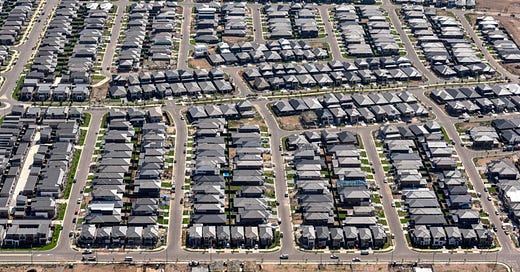



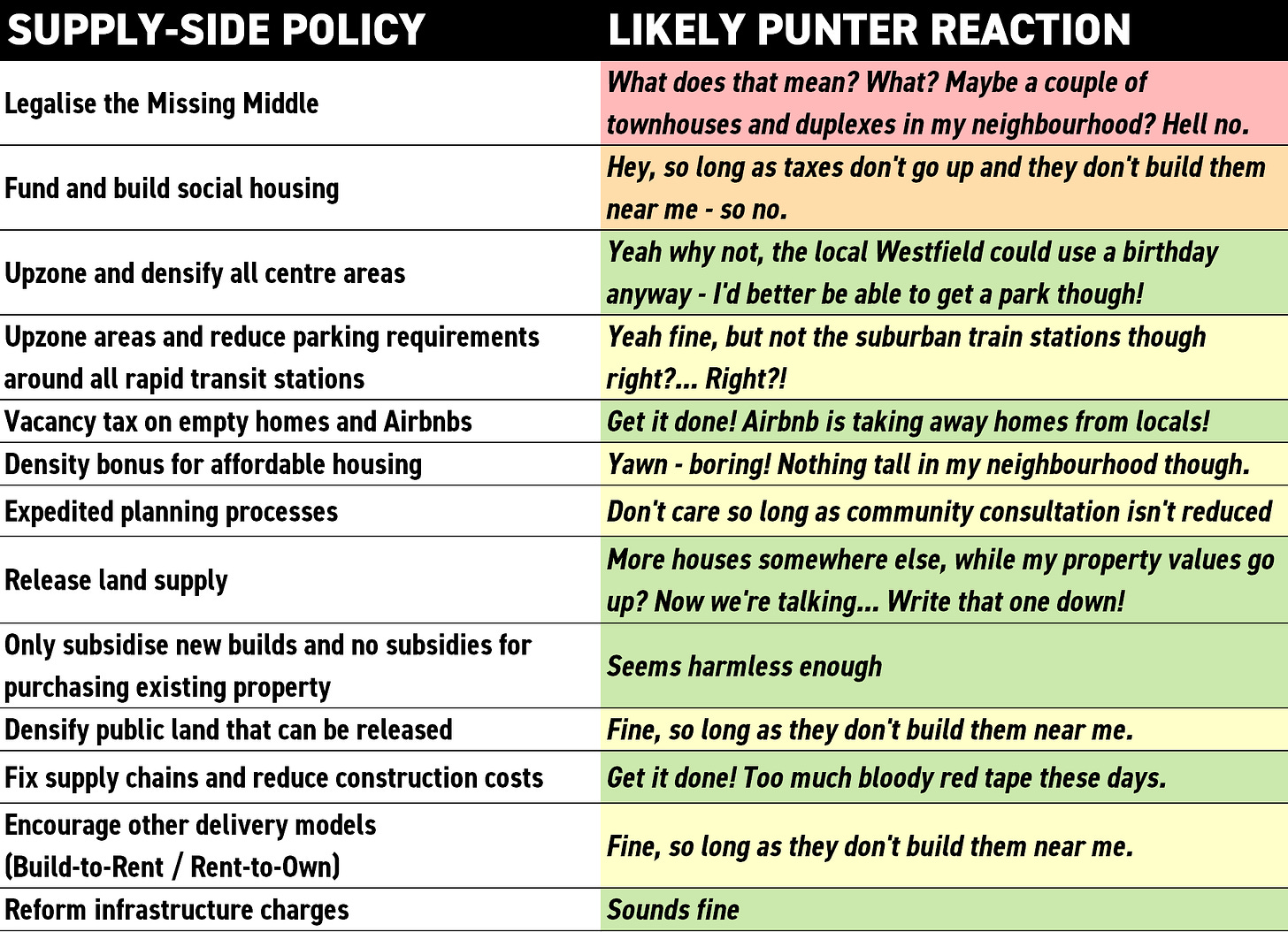
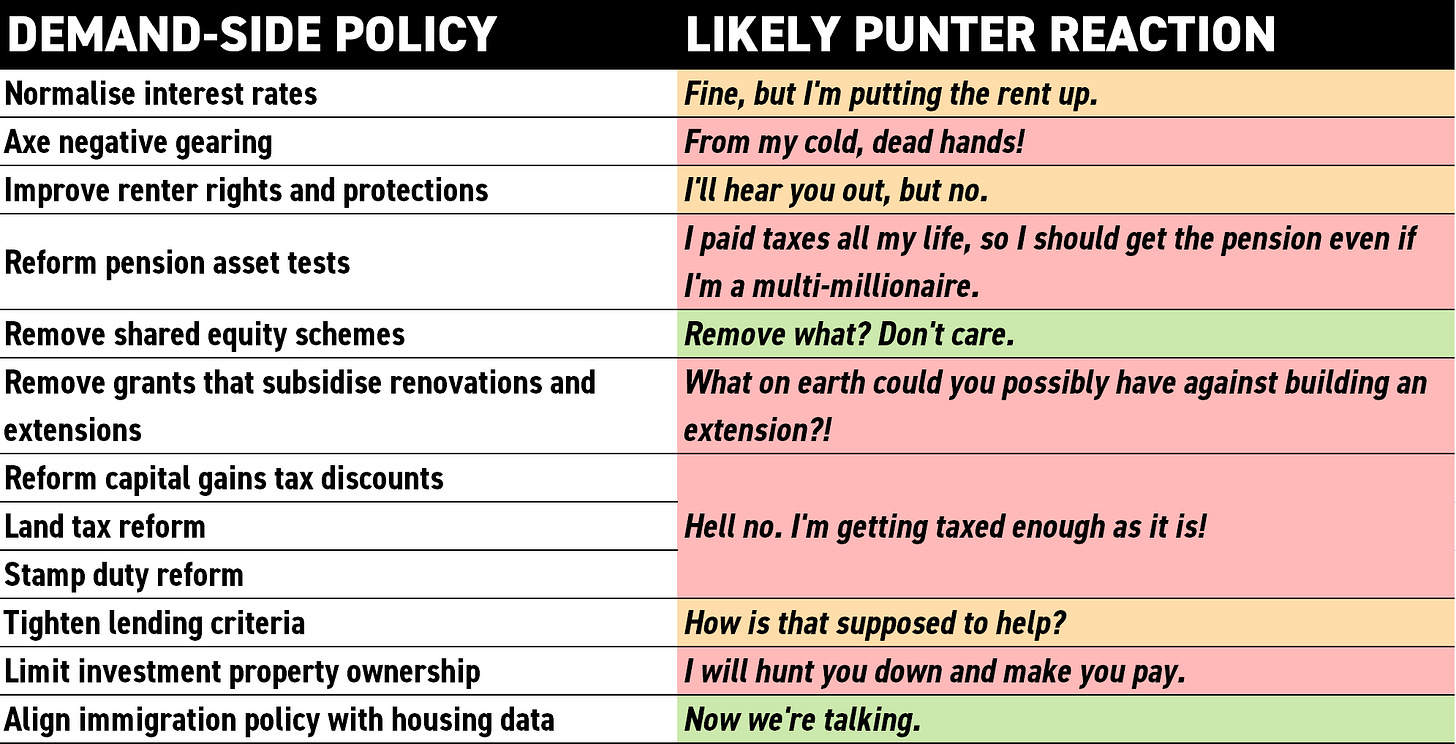
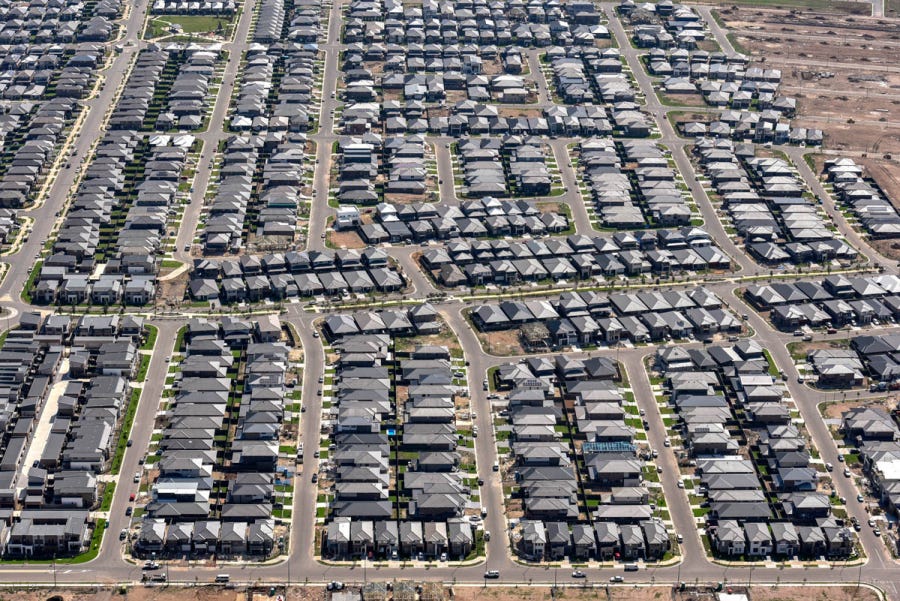

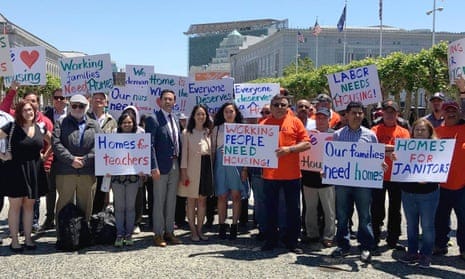

Good post. It must have been very frustrating seeing the knee-jerk nimbyism even if it means they're out of a place to live.
I think we can learn from closer: Auckland would be a good place to start, how did they get the political will there? It happened at central government level. I wouldn't hold my breath waiting for the local councils.
Hilarious, thoughtful and insightful, TEC.
But while you can't plan for them, disasters do help reset housing policy. Climate change will too. And economic crises also drive housing reform, but only about once per century (we're nearly a century on from our last major reform, so clock's ticking.)
Yet behind all that, there's water. We can't manage housing until we manage water strategically. Everything else is detail.